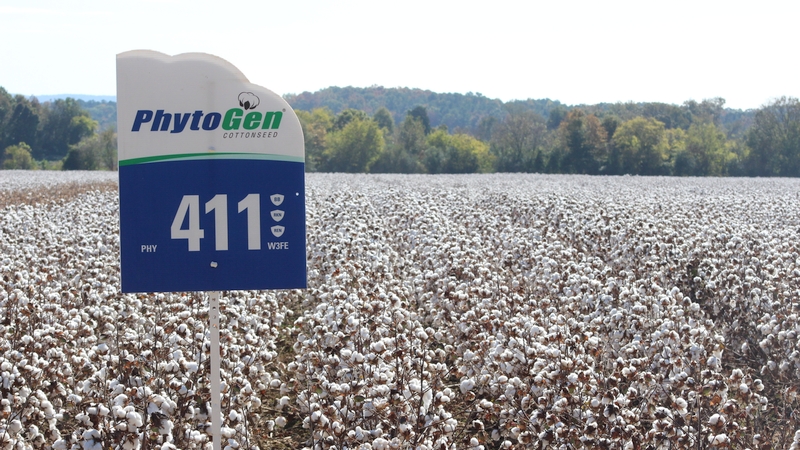Despite Tightening Demand, Cotton Business Is Still Being Done
Cotton prices eked out a gain on the week, up 163 points, after being down nearly 1500 points the prior week. But this market will take anything it can get, especially when the technical arrow points skyward.
Demand continues to be elusive. Yet, a review of the on-call sales report does indicate business is being done. The traditional check on business – the weekly USDA export sales and shipments data – are lost within the halls of the USDA building for the third consecutive week (they are suggesting a report will be available in two to three weeks). However, other checks suggest business is being done, in some cases (Pakistan and Bangladesh) very good business, but net export sales business appear slow.
Crop reductions continue to be expected for Brazil and Pakistan. These losses, with potential losses in China, Central Asia, and India, were likely behind the market’s ability to rebound this week and edge higher with the December contract settling at 104.84 cents. The price recovery experienced at week’s end kept the December contract above the 40- and 50-day moving averages.
While this is positive for higher prices, trading volume continues to be somewhat thin. Friday’s volume (Sept. 9) was below 19,000 contracts, and the combined Thursday and Friday trading volume averaged only about 20,500 contracts. Prices are in an upward mode, but the 15-cent selloff last week continues to keep traders – especially mills – somewhat reluctant to fix prices.
The market is focused on the Sept. 12 USDA world supply demand report, set to release at noon Eastern. The report will likely indicate tighter world supplies. USDA’s August estimate of world production was 117.1 million bales. The September crop estimate could be as low as 114.5 million bales. The U.S. stocks-to-use ratio may be slightly higher, but the availability of U.S. cotton, especially high quality cotton, will remain very tight and supportive of the market. The December price objective is in the area of 108-110 cents.
USDA found more “planted acres” in the U.S. than was reported in the August report. This, coupled with beneficial moisture on the Texas High Plains irrigated cotton, suggests a slightly larger crop in the U.S. The production report will also release Sept. 12 at noon Eastern time and can be seen here.
The Mid-South and Southeast have received excessive moisture during the past two weeks, and this could be problematic for finishing off the top crop. However, additional September moisture in these regions will impact quality more than yield.
The impact of a smaller world crop will be to reduce world carryover down to a range of 80.2 to 80.5 million bales. Given that the Chinese carryover of 36 million bales is not available to the world export market, a world carryover of only 80 million bales – especially with the U.S. carryover projection below 2 million bales – will be very supportive of a price climb back to the 108-110 cent level in December futures.
In support of a limited move to higher price ground, the Chinese ZCE cotton futures market has stabilized relative to last month’s activity. Additionally, Chinese mills report a slight improvement over their August consumption level. We have commented numerous times that the market fundamental driving prices is supply, not demand. Despite the relatively small crop, price momentum continues to be knocked off its feet. Such is the story of a supply market.
A potential run back to 108-110 cents is in the works, and then an advance to the 115-cent area is within reach. However, market prices will find considerable difficulty in climbing higher than the 115-cent mark.
Patience remains a virtue in pricing cotton.
Give a gift of cotton today.








